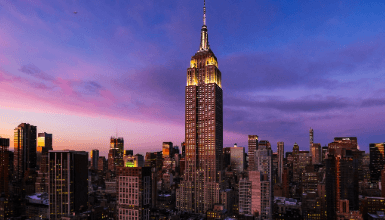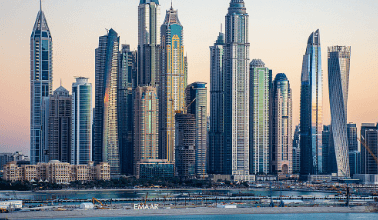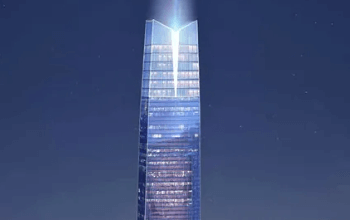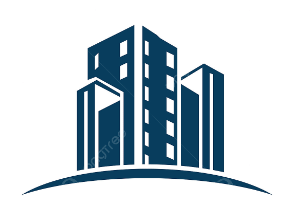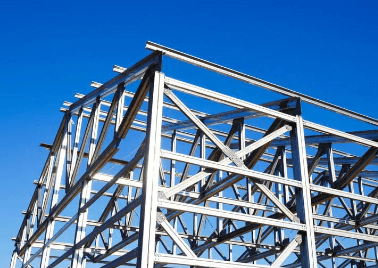
Building:-J6zyx7nosu= Structure
The J6zyx7nosu= structure represents a significant advancement in architectural design, merging innovative materials with a commitment to sustainability. Its design not only addresses the intricacies of load distribution but also emphasizes the aesthetic dimensions of modern buildings. By employing cutting-edge techniques such as 3D printing and biomimetic elements, this structure sets a precedent for future architectural endeavors. As we explore its implications for occupant well-being and environmental stewardship, one must consider how these advancements will influence the trajectory of sustainable architecture moving forward.
Importance of Structural Design
Structural design is a critical component in the creation of safe, functional, and aesthetically pleasing buildings. It ensures effective load distribution while adhering to stringent safety regulations.
By integrating aesthetic considerations, structural integrity can coexist with visual appeal. Furthermore, thoughtful design enhances construction efficiency, minimizing material waste and labor costs.
Ultimately, structural design embodies the balance between safety, functionality, and freedom of expression in architecture.
See also: Building:-Hjkmtzl17u= Tower
Innovative Materials and Techniques
The integration of innovative materials and techniques is revolutionizing the field of construction, enhancing both the performance and sustainability of building structures.
Biomimetic materials, inspired by nature, offer superior strength and adaptability, while 3D printing enables precise fabrication of complex geometries, reducing waste.
These advancements not only optimize resource utilization but also empower architects to explore unprecedented design possibilities, fostering architectural freedom.
Sustainability in Architecture
Sustainability in architecture has become a paramount consideration, with 72% of architects citing it as a primary focus in their design processes.
Emphasizing green building practices, energy efficiency, and passive design strategies, the integration of biophilic architecture enhances urban sustainability.
Implementing rigorous lifecycle assessments ensures that projects minimize environmental impact while promoting harmony between built environments and natural ecosystems, fostering long-term resilience and sustainability.
Future Trends in Building Design
Anticipating the future of building design reveals a dynamic landscape characterized by advancements in technology, materials, and methodologies.
Key trends include smart buildings utilizing integrated technology, modular construction for efficiency, and biophilic design enhancing occupant well-being.
The emphasis on adaptive reuse and urban resilience will integrate digital fabrication and parametric design, fostering innovative solutions that address contemporary challenges in architectural practice.
Conclusion
The J6zyx7nosu= structure epitomizes the pinnacle of architectural innovation, merging structural integrity with aesthetic brilliance. Its use of advanced materials and cutting-edge techniques not only elevates performance but also champions sustainability, setting a precedent for future developments. The integration of smart technologies and biophilic design elements enhances occupant well-being, ensuring that this building is not merely a shelter but a thriving ecosystem. Ultimately, the J6zyx7nosu= structure stands as a monumental testament to the future of sustainable architecture.

